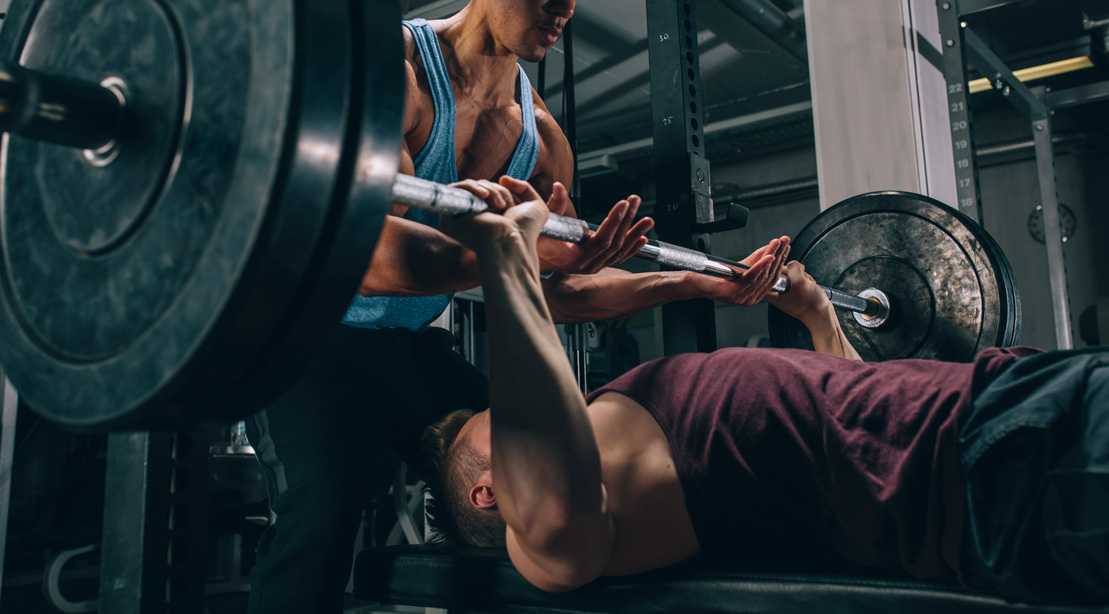Do you think working a single muscle group every day of the week is the best way to gain muscle? The rise in popularity of compound exercises indicates that may not be the case. Read on to learn more about compound exercises, their benefits, and some compound workouts you can try at home.
What are Compound Exercises?
Most workout routines are essentially strict schedules for working a muscle group per day. All gym goers typically have two goals in mind: burn fat and gain muscle. So the average exercise schedule involves mixing up cardio with weight lifting for a single muscle group. For example, you may work your chest on Monday and back on Tuesday, and so on.
These single muscle group exercises are known as isolation workouts. Compound exercises are the opposite of these. Instead of working a single muscle group, compound exercises work several at a time. More often than not, most muscles in your body have to work together to complete a compound exercise. With these, you are not just building your chest or biceps, you are simultaneously working your core, legs, and other important muscle groups.
Compound exercises are also referred to as total body or whole body workouts. They are commonly understood as opposed to isolation exercises. The section below explains the difference between the two.
Compound Vs. Isolation Exercises
To understand the main difference between compound and isolation exercises, consider an example in each category. The bicep curl is one of the best-known forms of isolation exercise. It directly targets one muscle group—the biceps. Doing bicep curls in a progressively difficult manner would help you really bulk up your upper arm. However, doing bicep curls don’t also work other muscle groups significantly, such as your shoulders, chest, or core.
Now, consider the isolation exercise, the squat. Doing a single squat works an array of muscle groups in your body, including abs, core, glutes, and calves. If you do squats with weights, you would work your arms and shoulders as well. Essentially, you can work just about all the important muscles in one go with a single squat. That’s efficient.
Isolation exercises are certainly not without benefits. You shouldn’t consider one inferior or superior to another. It’s just that the benefits of each differ. Isolation exercises are suitable if you want to quickly and effectively add bulk to a particular muscle group, like your biceps or chest. Isolation exercises can also address weaknesses in specific muscle groups. But on the overall scale of which exercises burn the most fat and make you stronger, compounds rank near the top. Learn more about the benefits of compound exercises below.
Benefits of Adding Compound Exercise to Your Routine (and How to Do It)
Compound exercises require a lot of movement, compared to isolation exercises that are often performed sitting on a machine. So those who engage in this type of exercise can benefit from more stimulation and intensity.
Here is a quick list of perks that compound exercises offer:
- You can burn more calories per minute when doing a compound exercise compared to an isolated one.
- Because compound exercises involve a range of movement, performing these improves your balance and coordination.
- Compound exercises benefit those who are prone to sports-related injuries.
- Great for improving joint strength, stability, and balance.
- Compound exercises increase heart rate, giving you cardio benefits at the same time.
- A single compound exercise can save you time doing several isolation exercises.
You can improve your reaction time and overall fitness because compounds mimic intensive movement in the real world. Exercise machines don’t do this.
Including compound exercises in a routine is easy. You can do these in addition to the isolation exercises you might be doing right now. However, try to target different muscle groups. For example, in your bicep curl day, do compound exercises that mainly target the lower half of the body and vice versa. In this manner, you can work more muscle groups and get stronger faster.
[Related Reading: 5 Home Based Crossfit Workouts For Effective Fat Loss]
A word of caution, compound exercises require a lot of rest. It’s highly recommended to rest the day after doing compounds (with only some light cardio). Compound schedules include a rest day after each session. You don’t need this type of rest with isolation exercises, as you switch between muscle groups. But with compounds, you need to keep in mind to adequately rest to allow your muscles to build.
The Best Compound Exercises
There are dozens of compound exercises out there with even more variations to each. Here is a list of the best known and highly effective compound exercises you can start doing right away:
Squats
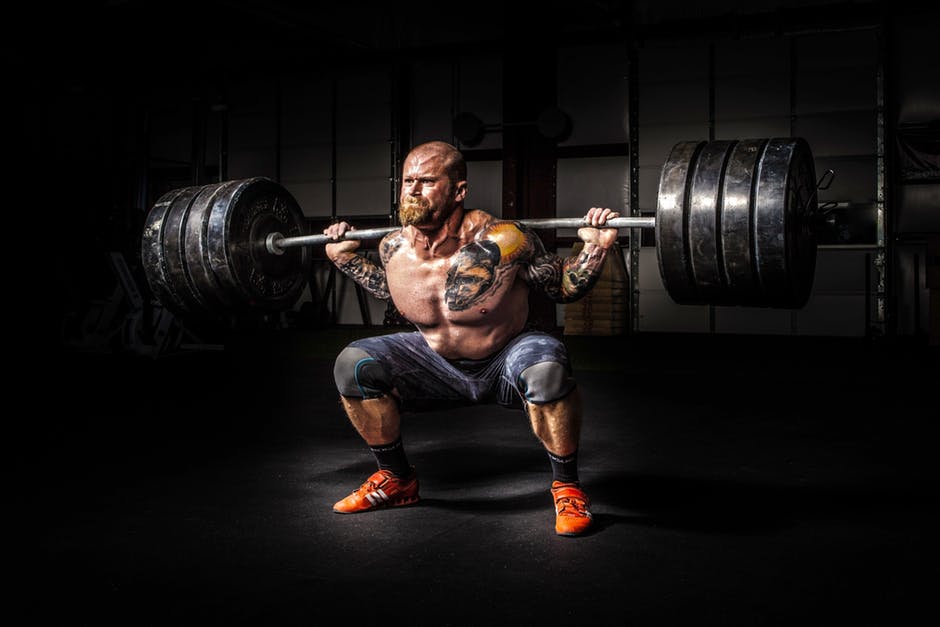
Squats work some six muscle groups, including quads, hamstrings, abdominal muscles, and adductors. Performing a squat looks very easy, but the execution is quite hard if you are a complete newbie.
You can do a squat using bodyweight as the resistant. In fact, this is the recommended way to do it if you are new to squats. To perform, stand with your feet apart to the length of your hips. You can lock your hands behind your head or reach them out to the front to maintain balance. Keep in mind that your back should be straight.
Maintain the right posture, and gently lower your body towards the ground as if you are sitting on a chair. Use your legs to do most of the work. Your core and abs would work if you are doing it right.
Come back up to the original position. This is a single squat. You can do as many as you like per round. Start with a few reps and add more as you get used to the exercise.
You can perform squats with various tools to increase resistance. For example, a versatile exercise accessory like a barbell, dumbbells, or the best resistance bands is great for making the traditional squat more challenging.
Deadlifts
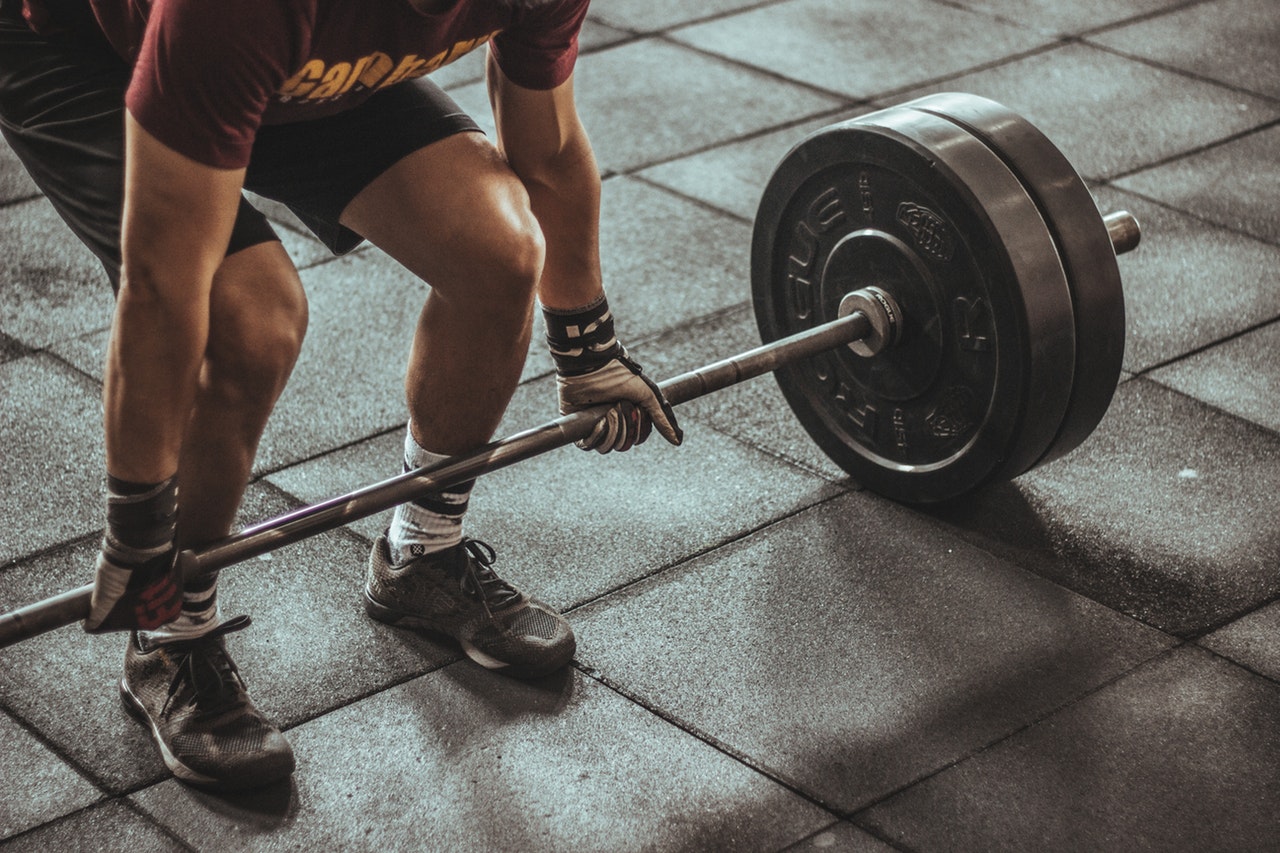
Deadlifts look similar to squats, but with some fundamental differences. The posture is similar. To start a deadlift, you would need a barbell, kettlebells, or similar heavyweights. Place these on the floor in front or the side (for kettlebells). Now stand with legs shoulder-width apart. Your back should be slightly arched.
Now bend your knees until you can reach the barbell or the kettlebells. Your thighs should be parallel to the floor. Do not lean forward.
Gently grab the weight and come back up without losing the posture. You should inhale when you lift, and exhale once the lift is complete.
Push-Ups
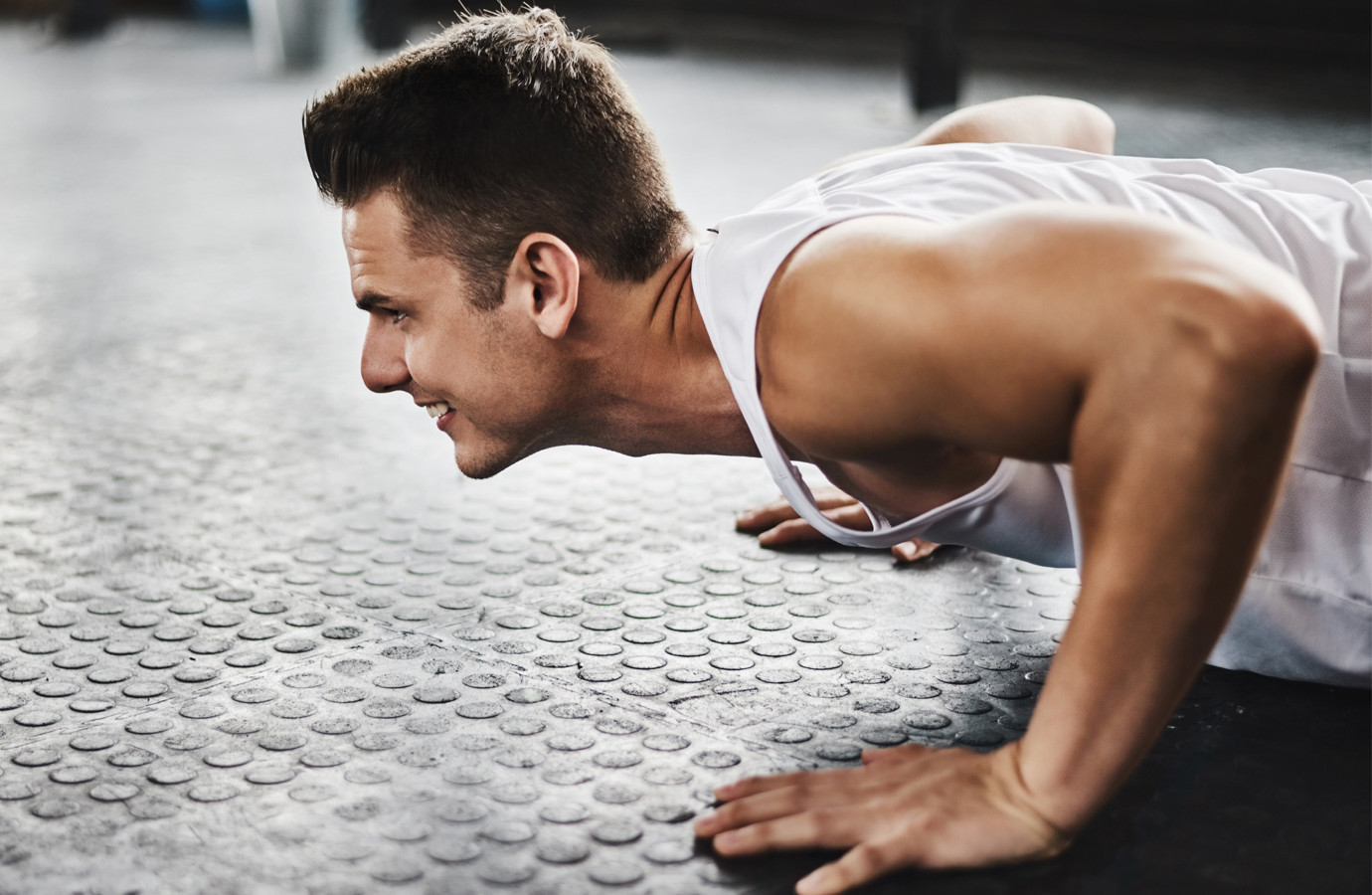
Push-ups are very popular, but most people do them incorrectly. The posture is everything to the push-up. To do a push up right, assume a planking position. Your hands must be shoulder-width apart and directly under the shoulders. Spread your fingers apart to improve balance.
Your head should be in line with your body. Don’t look up or down below your chest. The spine should be as straight as a plank.
When you push down, make the shoulders do the work. Gently push down and back up without any sagging. Either record yourself doing a pushup or get someone to watch you, to make sure you’re doing it right.
There are many variations in the pushup. To make pushups more intense, perform them with a decline. For example, do one on a staircase with your hands and head on the lower stair and feet on an upper stair.
Pull Ups
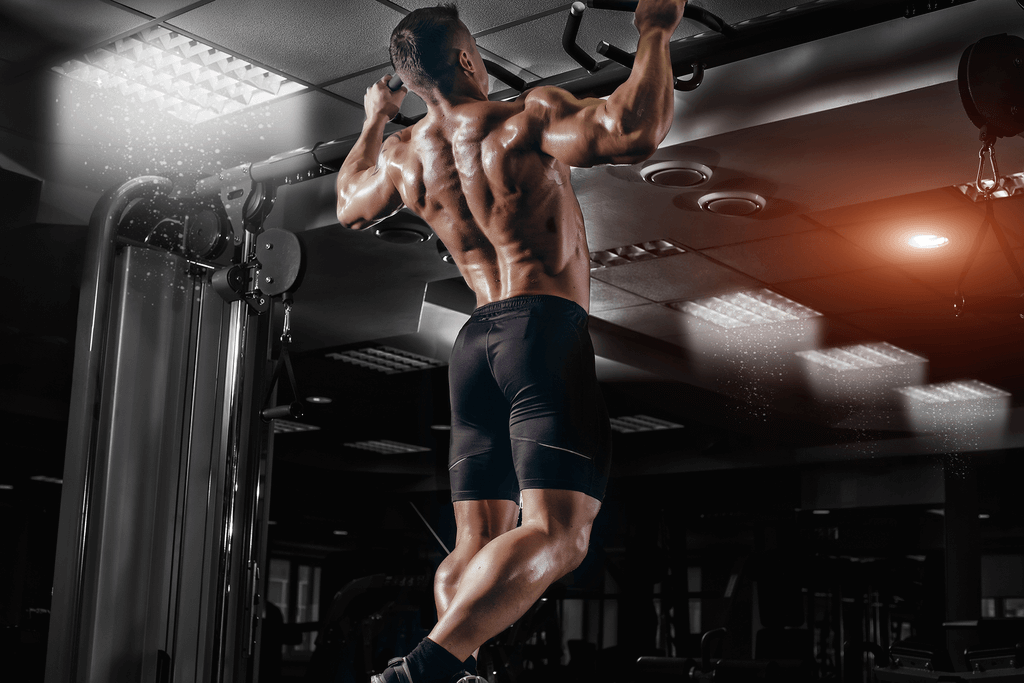
Pull-ups are great for your upper arms, shoulders, core, and abdominal muscles. Pull-ups strengthen your lats, improving your posture and giving you more balance. It’s also hailed as a superb exercise to strengthen grip and even the pelvic floor.
You would need a pull-up bar or at least an overhead bar to do a pull-up. The sturdiness of the bar is important to avoid an unwanted injury. Grab the pull up bar with a jump (or use a bench if it’s too high). In the starting position, your arms should be fully extended gripping the bar. You can cross your legs, calf over calf, for comfort (or if the bar is too low).
Use your upper arm to pull your body up toward the bar. Bring your chin near the bar, and then lower yourself. Your movement must be well controlled when you lower your body as when you raise yourself up. Lower yourself until your arms are fully extended, as it was when you started.
Pulls-ups are quite difficult if you’ve only done light or mild upper body exercises before. But, as they say, practice makes perfect.
[Related Reading: The 20 Min Shredder: 4 Day Fat Loss Workout Program]
Bench Press
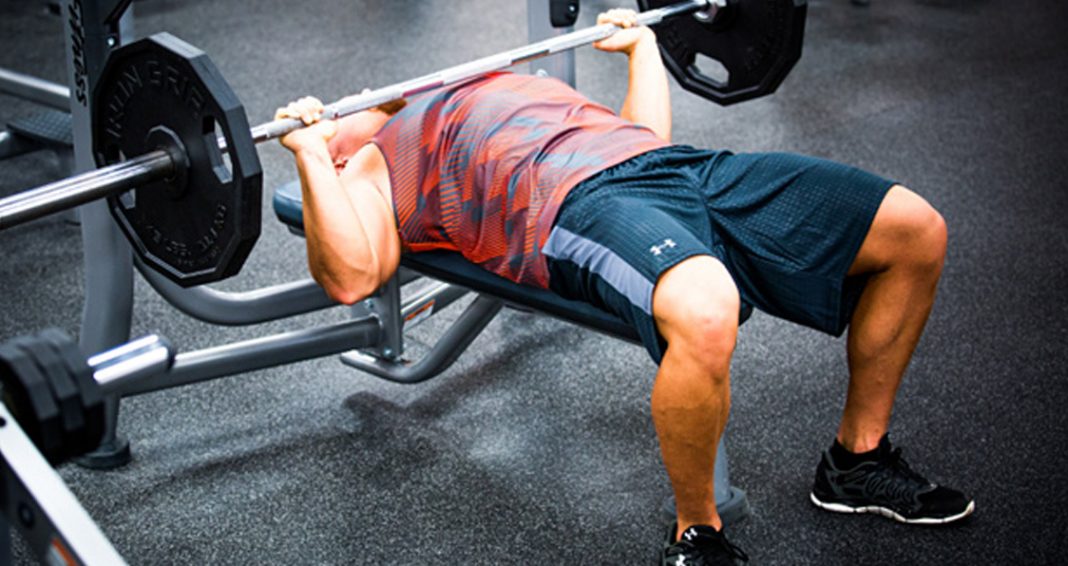
This classic exercise is perfect for working your shoulders, abs, and core. What’s more, it improves your balance and coordination as well.
There are several ways to do a bench press, even using machines. But the classic method is still the best. The bench press isn’t difficult to perform. However, most people assume the wrong posture when doing it. When you raise the bar back up, don’t bounce it off your chest. Do it slowly and in a controlled manner as lowering the bar. Bouncing off the bar puts a strain on your sternum, and can even lead to injury.
Don’t worry too much about how wide your grip should be. It depends on how tall or short you are. In general, grip the bar with your hands comfortably apart.
It’s recommended to do your initial bench presses with a coach or a friend. They can step in and grip the bar if the weight becomes too much.
Remember, all compound exercises are brutal. You may need to gradually get used to each before you can truly master them. If doing a compound exercise causes joint pain or strain, get help from a physical therapist. The wrong posture could lead to pain.
With that in mind, you can add any of the above compound exercises to your routine and reach your muscle gain and fat loss goals.

